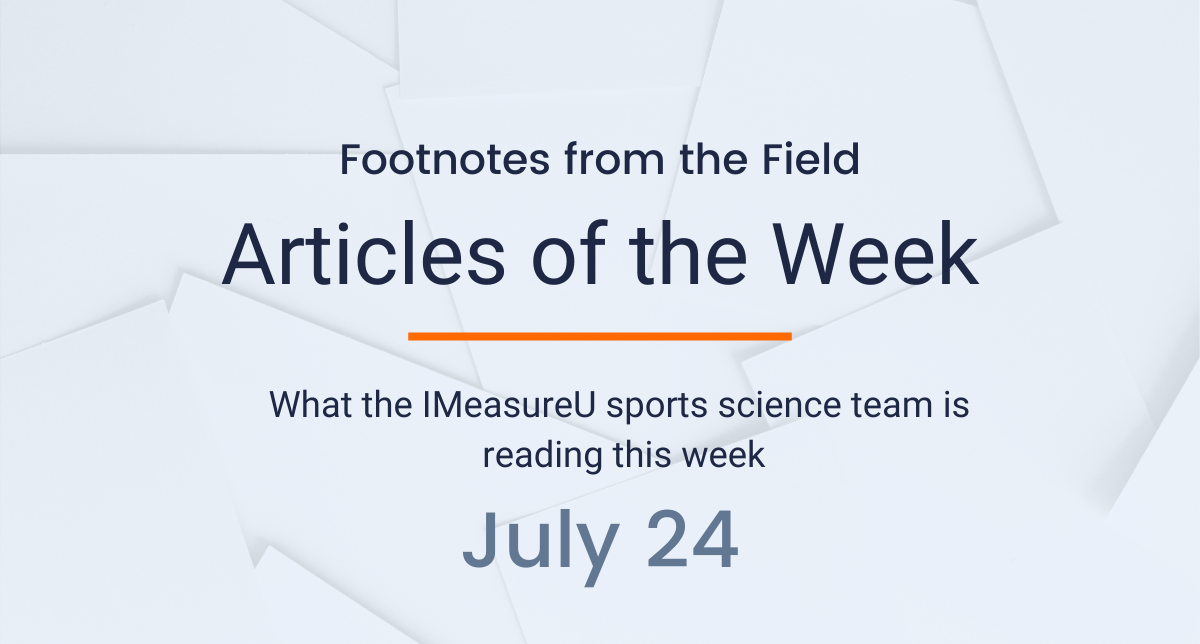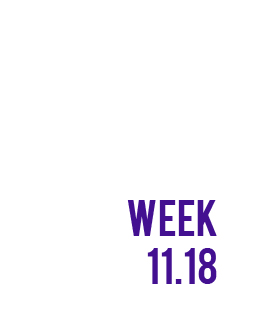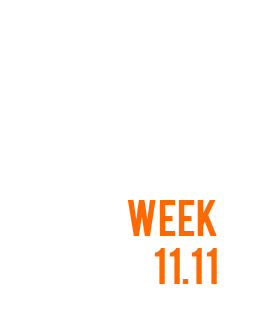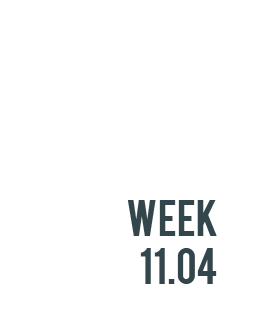
Here’s what the sports science team at IMeasureU is reading this week:
The first article this week comes from Goran Markovic and colleagues in the International Journal of Environmental Research & Public Health. The aim of this study was to prospectively examine the association between isometric hip adductor strength and between-limb strength asymmetry to groin injuries in male professional soccer players. The authors concluded that the results generally suggest that isometric adductor strength is a significant predictor of future groin injuries in men’s professional football; however, due to the relatively low sample size, further studies are required.
The second article in this week’s list comes from Santiago Zabaloy and colleagues in the Journal of Strength & Conditioning Research. The authors aimed to compare muscle activity, leg stiffness, and kinematics (contact and flight time [FT], stride length and frequency, and trunk angle [TA]) of unloaded sprinting to resisted sprint (RST) using different loads. The authors concluded that the heavier the sled load, the higher the disruptions in muscle activity, Kleg, and kinematics. When coaches and practitioners intend to conduct resisted sprint training sessions without provoking great disruptions in sprint technique, very-heavy sled loads (greater than 30% Vloss) should be avoided. However, heavy sled loads may allow athletes to keep specific positions of the early acceleration phase for longer time intervals (i.e., first 2-3 strides during unresisted sprints).
The final article comes from Juri Taborri and colleagues in the Applied Bionics and Biomechanics. The authors aimed to provide an overview on applications of sport biomechanics that require the use of wearable sensors, not only the inertial ones. Among other sensor options, inertial sensors are the most widespread, even though force measurement systems and electromyography allow further information on the kinetics, and associated muscle activity
levels can provide additional insight into the motor behaviours of athletes. The outcomes of this literature review provide sport scientists (including biomechanists), coaches, and athletes an overview on sport biomechanics applications that required the use of wearable sensors.
For more sports science check out our blog for in-depth case studies and industry updates. Also, be sure to sign up for our newsletter below so you are always up to date with the latest research.




